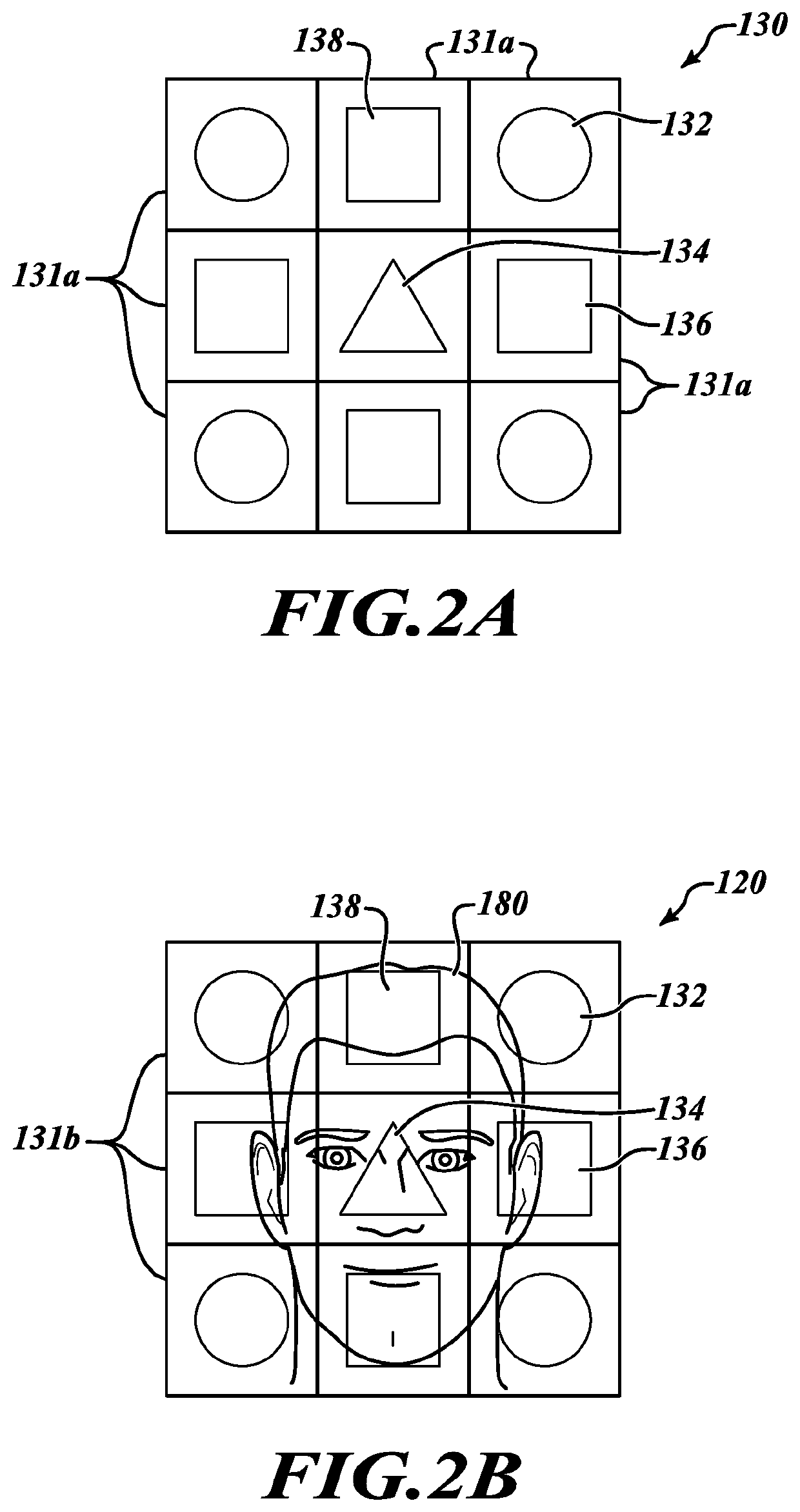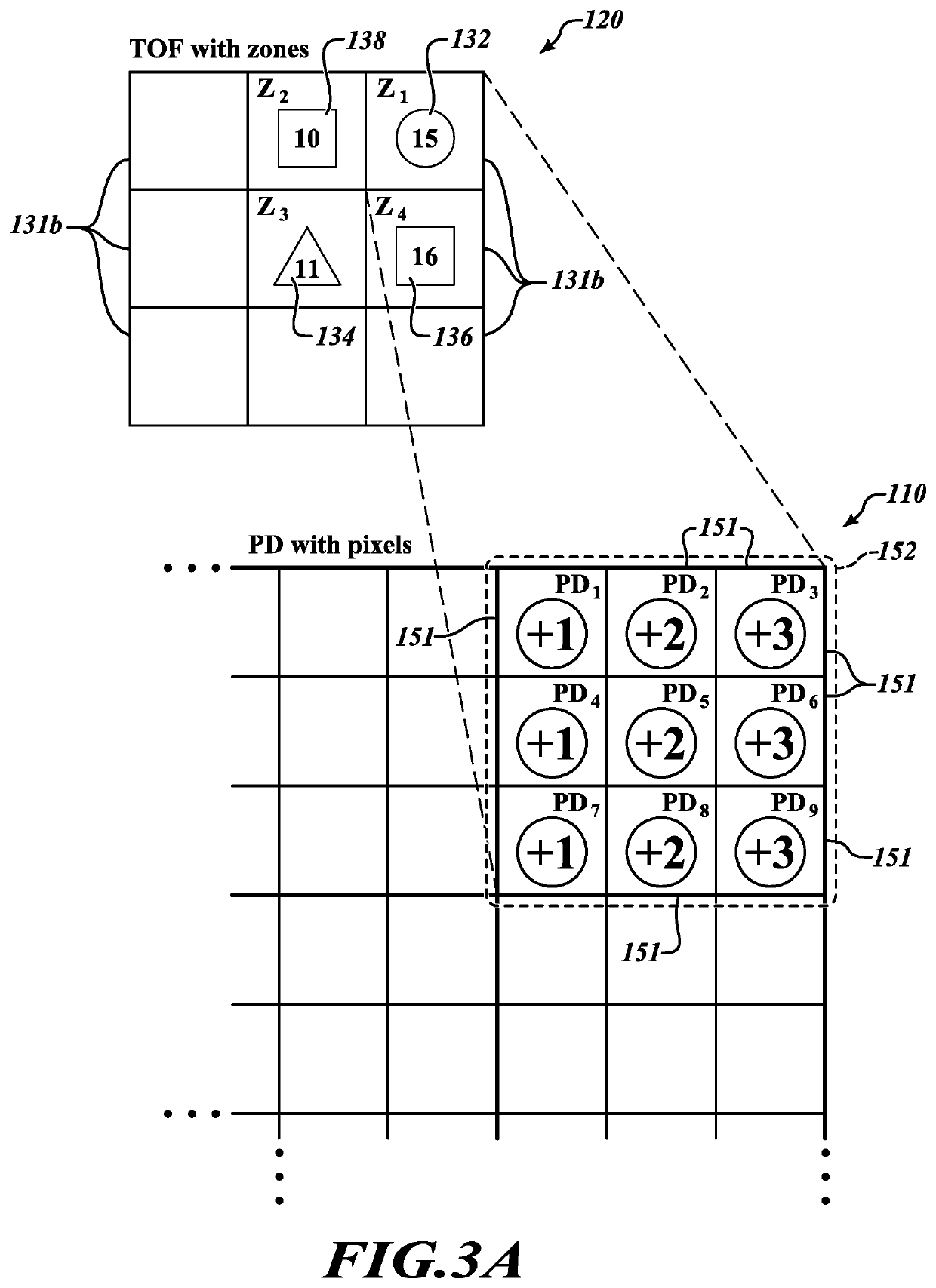Depth sensing with a ranging sensor and an image sensor
a range sensor and depth sensing technology, applied in image enhancement, image analysis, instruments, etc., can solve the problems of high error rate, drift issues, and high cost of multiple cameras, and achieve accurate, low power, and cost-effective effect of accurately detecting the distance from the sensor to an obj
- Summary
- Abstract
- Description
- Claims
- Application Information
AI Technical Summary
Benefits of technology
Problems solved by technology
Method used
Image
Examples
Embodiment Construction
[0017]In the following description, certain specific details are set forth in order to provide a thorough understanding of various disclosed embodiments. However, one skilled in the relevant art will recognize that embodiments may be practiced without one or more of these specific details, or with other methods, components, materials, etc. In other instances, well-known structures or methods associated with time of flight sensors and phase detection sensors have not been shown or described in detail to avoid unnecessarily obscuring descriptions of the embodiments.
[0018]Unless the context indicates otherwise, throughout the specification and claims which follow, the word “comprise” and variations thereof, such as, “comprises” and “comprising” are to be construed in an open, inclusive sense that is as “including, but not limited to.” Further, the terms “first,”“second,” and similar indicators of the sequence are to be construed as interchangeable unless the context clearly dictates ot...
PUM
 Login to View More
Login to View More Abstract
Description
Claims
Application Information
 Login to View More
Login to View More - R&D
- Intellectual Property
- Life Sciences
- Materials
- Tech Scout
- Unparalleled Data Quality
- Higher Quality Content
- 60% Fewer Hallucinations
Browse by: Latest US Patents, China's latest patents, Technical Efficacy Thesaurus, Application Domain, Technology Topic, Popular Technical Reports.
© 2025 PatSnap. All rights reserved.Legal|Privacy policy|Modern Slavery Act Transparency Statement|Sitemap|About US| Contact US: help@patsnap.com



